
Interview w/ Lauren Naomi: A Generational Floral Crafter’s Unique Approach to Clay Flowers
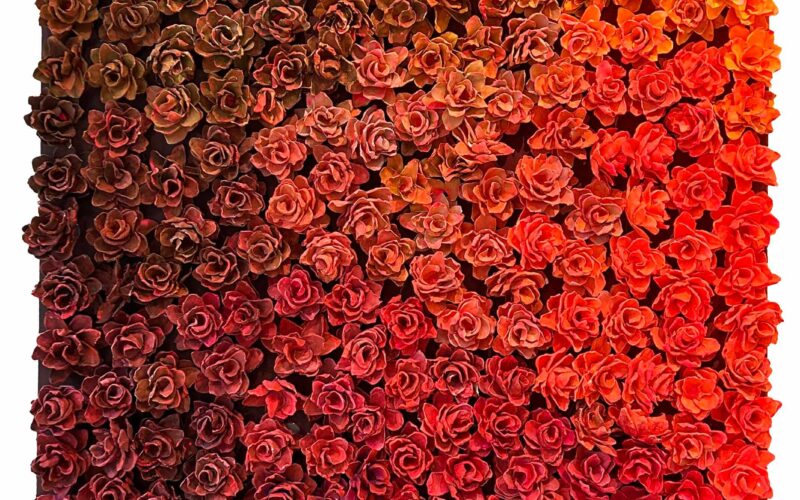

Lauren Naomi creates sensuous sculptural work with clay rose petals that illustrate our symbiotic relationship with nature. She brings an ever-blooming garden indoors with kaleidoscopic petal formations; from highly ornate wall-hanging landscapes of abstract and realistic buds to minimalist flowering freestanding sculptures and ceiling suspensions. Lauren transcends her four-generation family tradition of floral crafting with a practice uniquely her own.

In an exclusive interview with the artist Lauren Naomi who has literally grown around the floral craft in some way or the other and now is carrying forward this family tradition of working with flowers. A fourth-generation floral crafter, Lauren has a unique style of making flowers with her hands using Japanese clay and turning them into a beautiful bed of roses or a warm tree with branches of blossoming flowers from a tree. Read the full interview to learn more about Lauren.

1. Lauren, you come from generations of Floral Crafters. How early did you delve into this Art?
My focus on the beauty of flowers came early, with the appreciation of my mother’s perennial gardens as soon as I could walk. I have a journal from when I was eight years old featuring drawings, measurements, and written descriptions of each type of flower in her garden. I drew and sculpted flowers from an early age too and found a clay tile from when I was twelve years old that was an autobiographical tile from my art class in school. Mine was of a three-dimensional rose. Making paper and wire floral sculptures with my Sicilian grandmother began in my very early years as well.


2. As a fourth-generation floral crafter, how would you describe your style as unique from your past generations?
Through my work I am continuing generations of my family’s passion for gardening and floral crafting.
Back in Canicattini Bagni, Sicily, my great-grandmother embroidered her flowers on tapestries that she hung throughout her house. My grandmother also embroidered her floral works but introduced paper and wire sculptures into her practice, which my aunt now continues in a similar vein. I use Japanese air-dry clay to make my flowers instead of thread, paper, or wire, though I do incorporate paper and wire as foundations for some of my sculptural floral works. I also have extrapolated the petal and built my language with it to express from my perspective, what it feels like to be human. This psychological component mixed in with the flowers, is unique in my family’s practice.
3. In your bio, you mentioned that your ‘works explore humanity and nature co-existing’. Could you elaborate more on this?
We all make impressions in our world – seen and unseen. I enjoy clay as a sculpting form because it allows for these impressions to be literal. With the building of our shelters, roads, and cities, we diminish areas of nature, cutting down trees, and pressing our architectural forms into the landscape. In my work, I use boot prints, hand prints, and even tire tracks pressed into my sculpted floral brush to illustrate both our destruction of nature and our erected presence, and hopefully to spark a conversation about the quality of that presence.

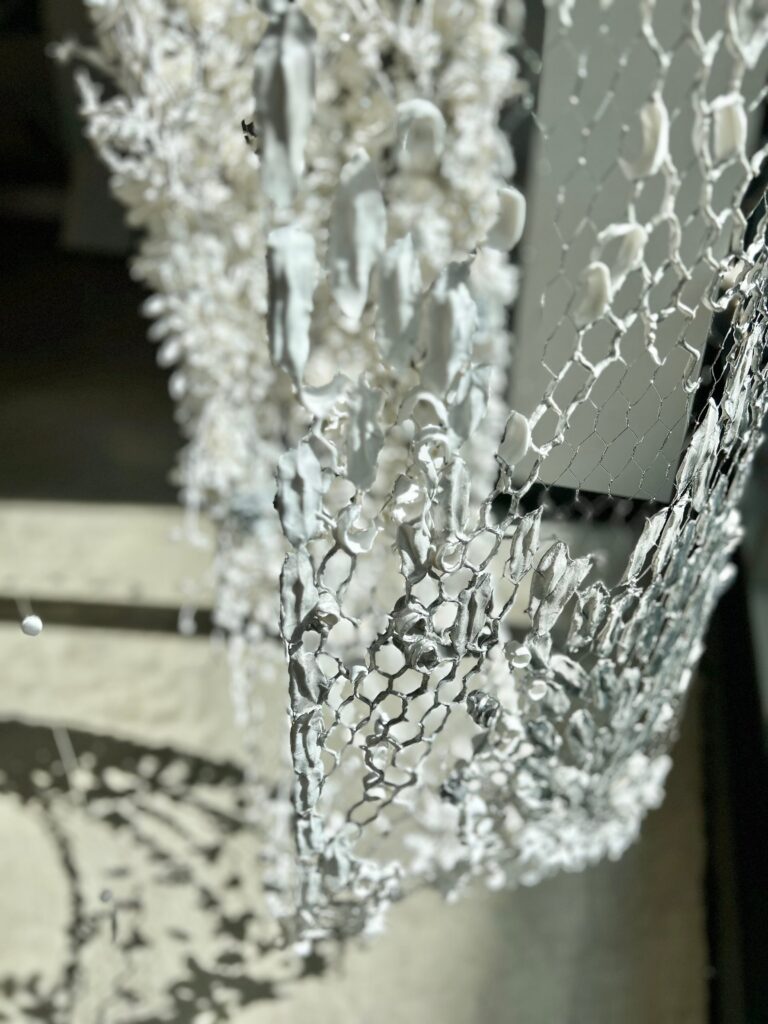

4. What excites you the most about creating your Art?
If I’m being honest, I find making the impressions thrilling. My work is about building, building, building. But I also delight in the destructive aspect of my art. I’m extremely hopeful and cling to the aesthetically beautiful to make it through each day but I’m also very aware of my humanity – the positive and negative forces within – and let’s just admit it, sometimes it just feels good to destroy something. I want my work to address this human taboo of deriving pleasure through destruction and to question the nature of destruction as well as the positive and hopeful aspects of our humanity.
When I am not making art, I am gloveless in my garden — digging, pruning, weeding, and whispering to my flowers the way my mother and maternal grandmother did before me.

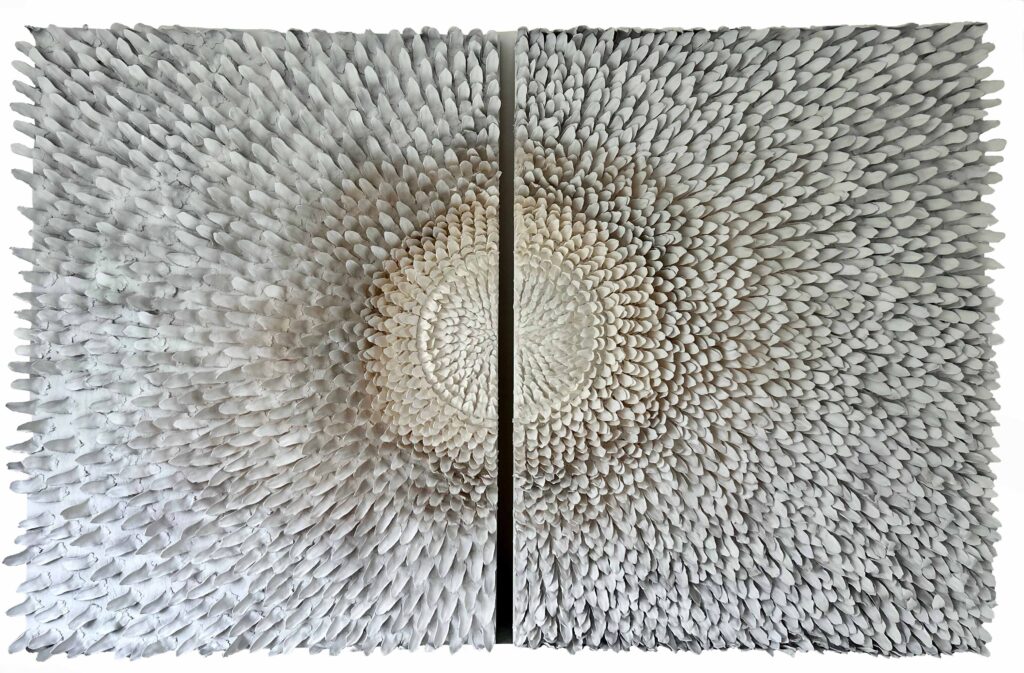
5. What advice would you give to artists who are trying to break into the world of public art?
Keep going. I say it to myself every day. Make a to-do list for each day. Do it. And then do it again the next day. If you have to move things on it to another day, that works. But stay true to keeping a schedule and trying to check the boxes on it each and every day for healthy living as well as a lengthy art career. The items on your list at the beginning might be wrong because you just don’t know what you’re doing yet. I don’t think that matters. As long as you keep your list and keep checking the boxes, the right bullet points will eventually make their way there and guide you to where you need to be.
Lauren’s Social Media details:











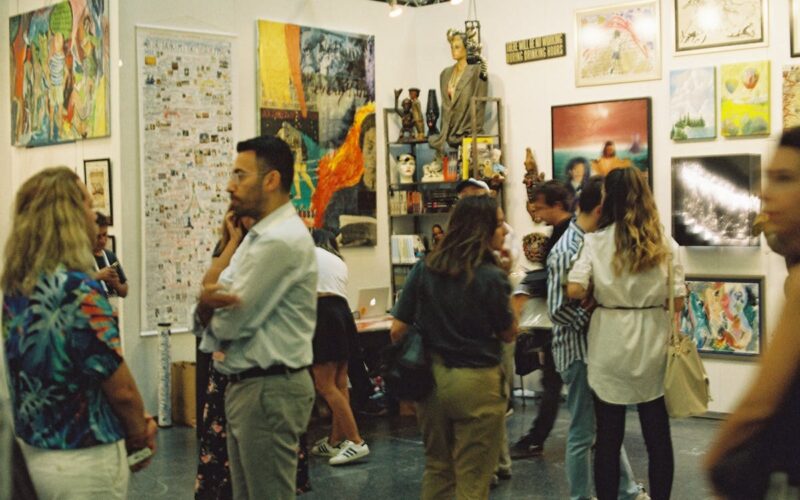

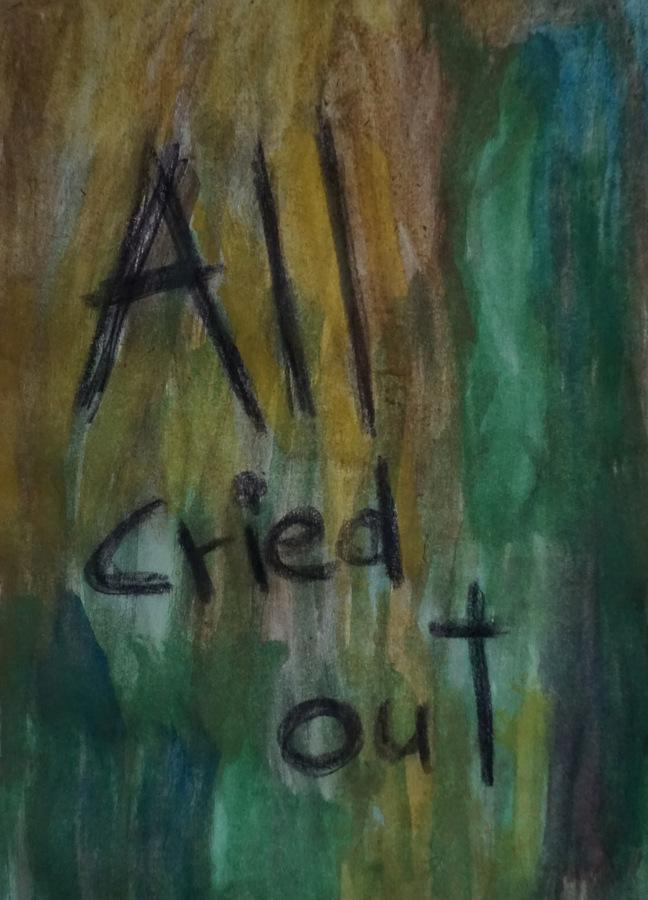

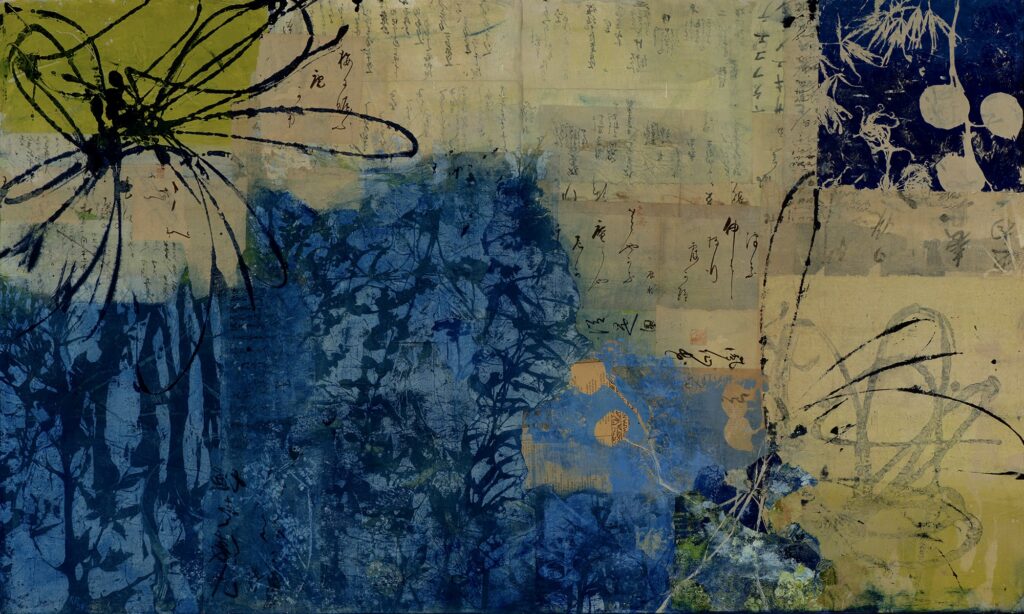
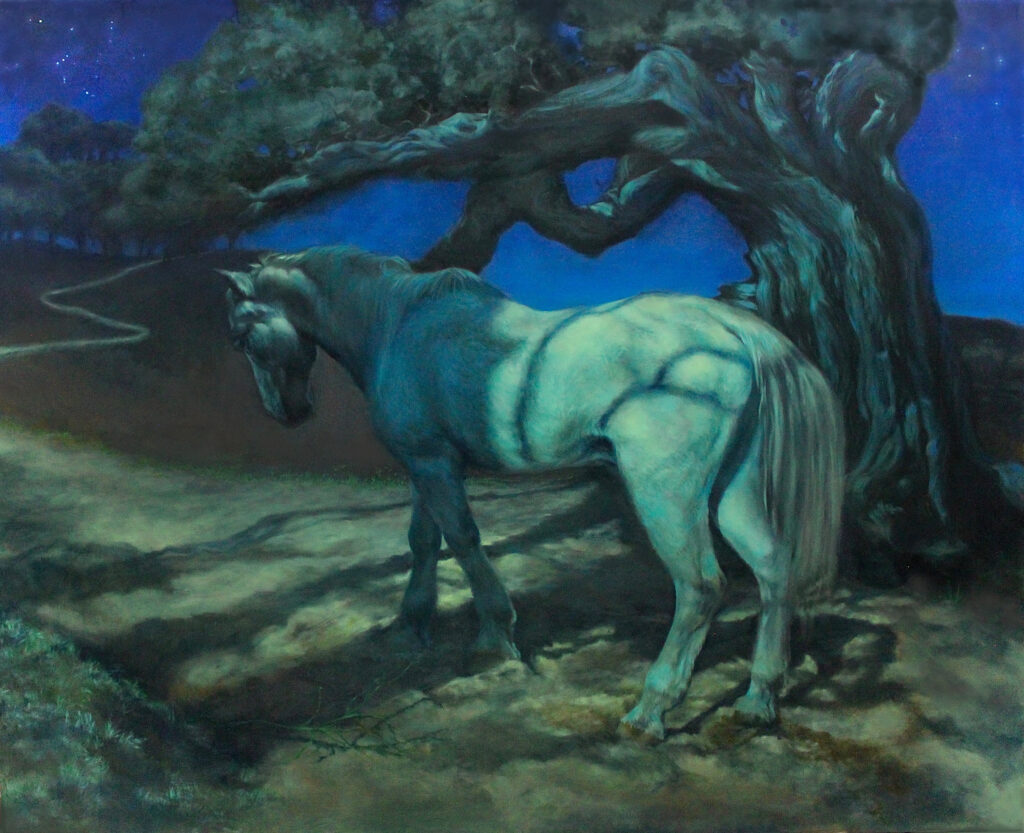
Comments 9